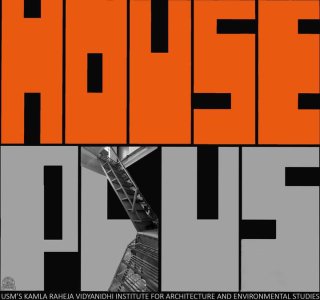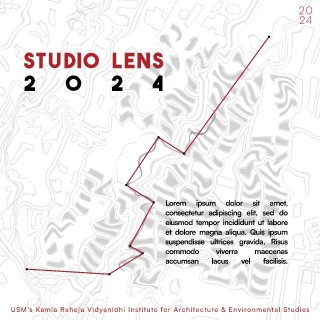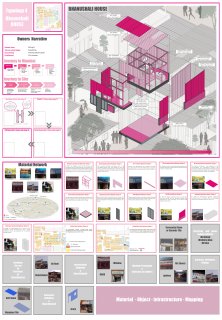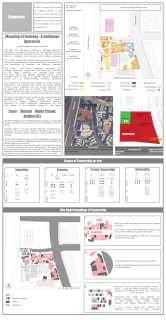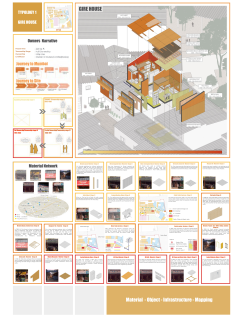
The closed Labyrinth (the rigid) is a space that forces a human to consciously move. These spaces try to formulate an identity to the space.
The hybrid is a space that transforms itself according to the human behavior. It is a mix of both the open labyrinth and the closed labyrinth.
The open labyrinth is a space of ‘nothingness’. A space where the human body creates their own architecture.
The Labyrinth is constantly subjected to spatial changes.
The ruins are more of a remainder and a reminder of what once was.
Once the space is stripped of it’s purpose what remains is the ruins.
It is a museum of memory.
The concept of multiverses existing across space and time is present. Space and time are relatively incremental to each other, resulting in the decentralisation of occurrences across these. The purpose was to demonstrate how distinct elements, namely the archive, reading space, space for existence, and ruin, converge to create a library while also functioning independently as separate institutions. The archive, or the central component, represents the most organized institution and is symbolized by the concept of a closed labyrinth. The reading space necessitates a personal touch, where the environment should provide comfort for the individual. This is represented by the idea of a hybrid, where the space adapts according to the user’s needs. The open labyrinth serves as a space for relaxation and mental clarity. Over time, the usage of the space changes, and all that remains is a mere memory referred to as the ruins.
Nandini Rathod
Janhavi Shaha
Rudra Mangulkar
Atharva Patil
